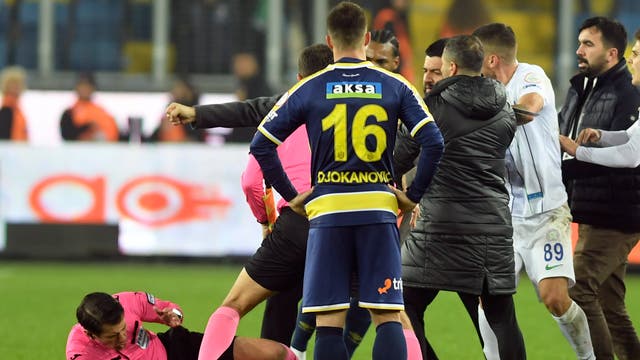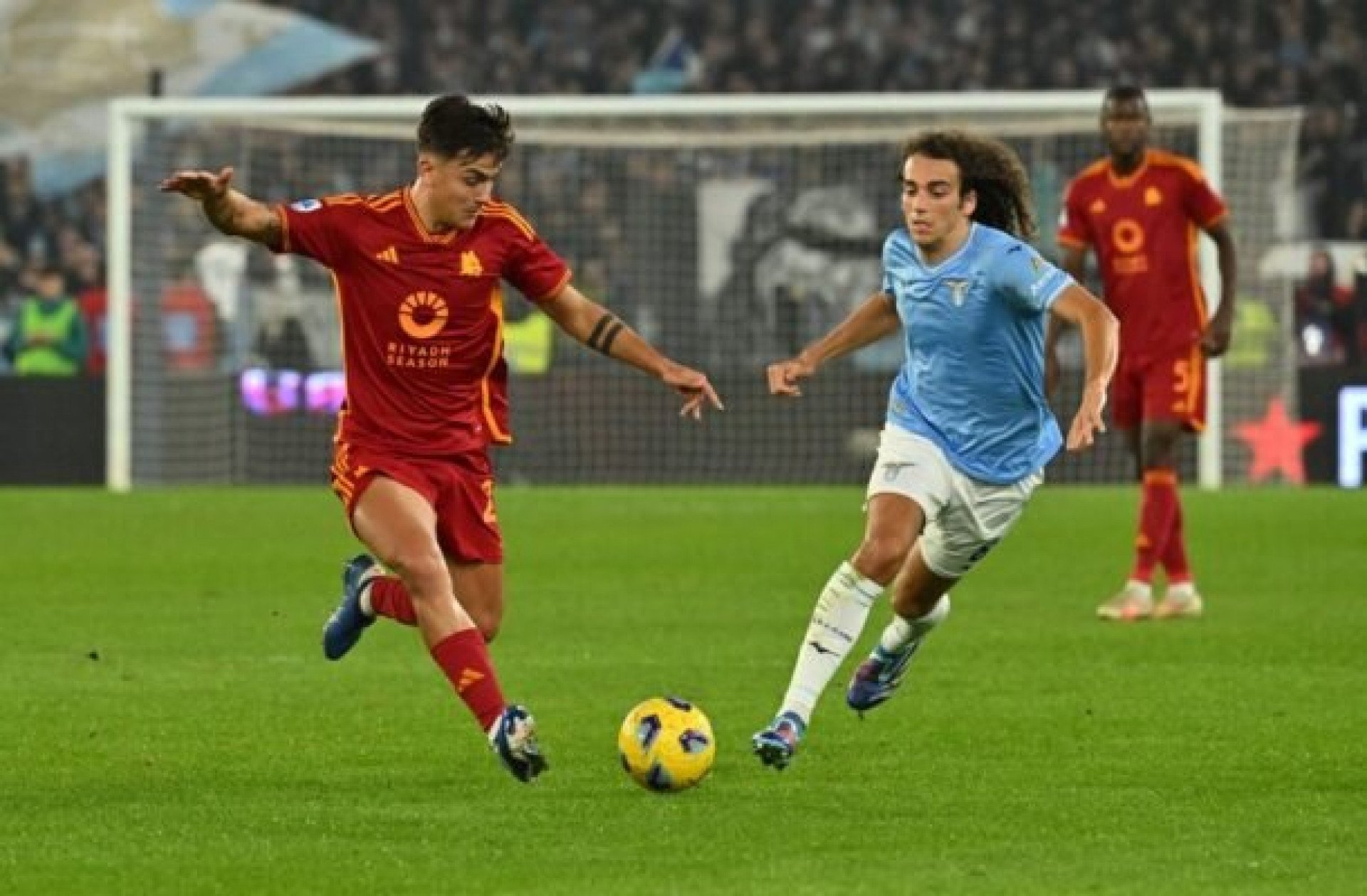Artillery in São Paulo: A Look into the Future (2023)
Por um escritor misterioso
publicado em novembro/05/2024

Explore the future of artillery in São Paulo as we delve into the advancements, strategies, and potential challenges that lie ahead in 2023.

São Paulo, the largest city in Brazil, has always been at the forefront of technological advancements. As we enter the year 2023, it is interesting to speculate on what lies ahead for artillery in this vibrant metropolis. From advanced weapon systems to new tactics and strategies, there are several exciting developments expected. This article will explore the future of artillery in São Paulo and shed light on what we can expect in terms of advancements, challenges, and opportunities.
Advanced Weapon Systems:
One of the key areas where significant progress is expected is in advanced weapon systems. As technology continues to evolve rapidly, artillery units are likely to benefit from more accurate and efficient systems. For example, precision-guided munitions (PGMs) are becoming increasingly prevalent in modern warfare. These PGMs use advanced guidance systems such as GPS or laser targeting to precisely hit their intended targets. In São Paulo's context, this could mean enhanced precision strikes against high-value targets while minimizing collateral damage.
Digitalization and Automation:
With automation and digitalization making strides across various industries, it is only natural for artillery units to embrace these advancements. The integration of artificial intelligence (AI) into artillery systems can revolutionize how they operate. AI-powered algorithms can analyze vast amounts of data collected from sensors and provide real-time insights to commanders on the battlefield. This level of situational awareness allows for better decision-making and coordination among different units.
Urban Warfare Challenges:
São Paulo's urban landscape presents unique challenges when it comes to conducting military operations. The dense population, complex infrastructure, and limited maneuvering space require specialized tactics and equipment. In 2023, we can expect artillery units to focus on developing strategies that are tailored specifically for urban warfare scenarios. This could involve the use of small-caliber precision munitions, drone swarms for reconnaissance, and advanced targeting systems capable of differentiating between combatants and non-combatants.
Integration with Other Branches:
Artillery units do not operate in isolation but work in conjunction with other branches of the military. In the future, we can anticipate greater integration between artillery and other arms such as infantry, armor, and air support. This seamless coordination will enable faster response times, enhanced firepower, and increased operational effectiveness. For instance, joint exercises involving artillery units conducting fire missions in conjunction with ground forces or aircraft will become more common.
Countermeasures against Emerging Threats:
As technology advances, so do potential threats faced by artillery units. In 2023, we can expect a heightened emphasis on developing countermeasures against emerging threats such as unmanned aerial vehicles (UAVs) or cyber attacks. Anti-drone systems equipped with jamming capabilities or directed energy weapons might become an integral part of artillery unit's arsenal. Additionally, cybersecurity measures will be strengthened to safeguard critical communication networks from potential disruptions.
Training and Education:
To adapt to the changing landscape of modern warfare, training and education play a crucial role. In São Paulo's context, it is expected that artillery units will invest in specialized training programs to equip their personnel with the necessary skills and knowledge required for future operations. This could include simulation-based training exercises that replicate real-world scenarios or collaboration with international partners to learn from best practices.
Conclusion:
The future of artillery in São Paulo looks promising with advancements in weapon systems, digitalization, urban warfare strategies, integration with other branches of the military, countermeasures against emerging threats, and enhanced training and education. As we step into 2023, it is clear that artillery units in São Paulo are poised to embrace the technological advancements and adapt to the unique challenges of modern warfare. By staying at the forefront of innovation, these units will continue to play a crucial role in defending the city and ensuring its security.



Real Madrid vs. Barcelona: Who's in Better Shape Right Now?
Introduction:São Paulo, the largest city in Brazil, has always been at the forefront of technological advancements. As we enter the year 2023, it is interesting to speculate on what lies ahead for artillery in this vibrant metropolis. From advanced weapon systems to new tactics and strategies, there are several exciting developments expected. This article will explore the future of artillery in São Paulo and shed light on what we can expect in terms of advancements, challenges, and opportunities.
Advanced Weapon Systems:
One of the key areas where significant progress is expected is in advanced weapon systems. As technology continues to evolve rapidly, artillery units are likely to benefit from more accurate and efficient systems. For example, precision-guided munitions (PGMs) are becoming increasingly prevalent in modern warfare. These PGMs use advanced guidance systems such as GPS or laser targeting to precisely hit their intended targets. In São Paulo's context, this could mean enhanced precision strikes against high-value targets while minimizing collateral damage.
Digitalization and Automation:
With automation and digitalization making strides across various industries, it is only natural for artillery units to embrace these advancements. The integration of artificial intelligence (AI) into artillery systems can revolutionize how they operate. AI-powered algorithms can analyze vast amounts of data collected from sensors and provide real-time insights to commanders on the battlefield. This level of situational awareness allows for better decision-making and coordination among different units.
Urban Warfare Challenges:
São Paulo's urban landscape presents unique challenges when it comes to conducting military operations. The dense population, complex infrastructure, and limited maneuvering space require specialized tactics and equipment. In 2023, we can expect artillery units to focus on developing strategies that are tailored specifically for urban warfare scenarios. This could involve the use of small-caliber precision munitions, drone swarms for reconnaissance, and advanced targeting systems capable of differentiating between combatants and non-combatants.
Integration with Other Branches:
Artillery units do not operate in isolation but work in conjunction with other branches of the military. In the future, we can anticipate greater integration between artillery and other arms such as infantry, armor, and air support. This seamless coordination will enable faster response times, enhanced firepower, and increased operational effectiveness. For instance, joint exercises involving artillery units conducting fire missions in conjunction with ground forces or aircraft will become more common.
Countermeasures against Emerging Threats:
As technology advances, so do potential threats faced by artillery units. In 2023, we can expect a heightened emphasis on developing countermeasures against emerging threats such as unmanned aerial vehicles (UAVs) or cyber attacks. Anti-drone systems equipped with jamming capabilities or directed energy weapons might become an integral part of artillery unit's arsenal. Additionally, cybersecurity measures will be strengthened to safeguard critical communication networks from potential disruptions.
Training and Education:
To adapt to the changing landscape of modern warfare, training and education play a crucial role. In São Paulo's context, it is expected that artillery units will invest in specialized training programs to equip their personnel with the necessary skills and knowledge required for future operations. This could include simulation-based training exercises that replicate real-world scenarios or collaboration with international partners to learn from best practices.
Conclusion:
The future of artillery in São Paulo looks promising with advancements in weapon systems, digitalization, urban warfare strategies, integration with other branches of the military, countermeasures against emerging threats, and enhanced training and education. As we step into 2023, it is clear that artillery units in São Paulo are poised to embrace the technological advancements and adapt to the unique challenges of modern warfare. By staying at the forefront of innovation, these units will continue to play a crucial role in defending the city and ensuring its security.

Lazio x Roma: onde assistir, escalações e arbitragem
